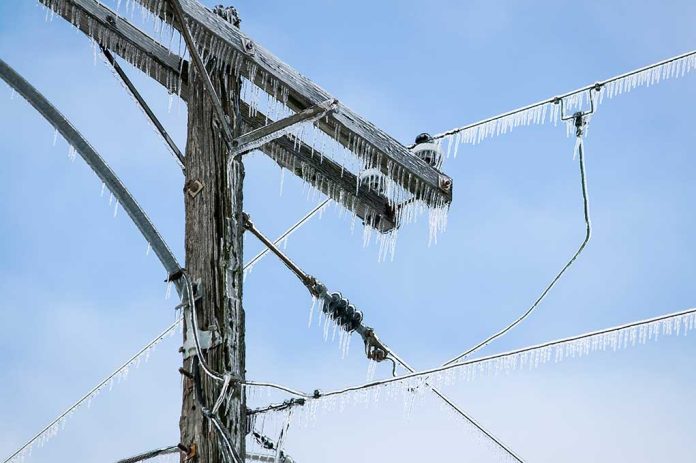
Stay warm this winter without breaking the bank: Discover cost-effective solutions to combat rising energy bills.
At a Glance
- Heating costs are expected to rise significantly, with natural gas increasing by 30% and electric heat by 6%.
- Sealing drafts can reduce up to 25% of heat loss in homes.
- Layering clothing with appropriate materials is crucial for maintaining body warmth.
- Simple lifestyle changes and home improvements can lead to substantial energy savings.
- Proper food choices and sleeping habits contribute to better temperature regulation.
Rising Costs and Simple Solutions
As winter approaches, homeowners face the challenge of staying warm without incurring exorbitant energy bills. With natural gas prices soaring by 30% and electric heating costs increasing by 6%, finding cost-effective warming solutions has become more crucial than ever. Fortunately, there are numerous simple and eco-friendly methods to maintain a cozy home atmosphere without relying heavily on central heating systems.
One of the most impactful steps in reducing heat loss is addressing drafts, which can account for up to 25% of a home’s heat escape. Utilizing draft snakes or adhesive-backed foam to seal gaps around doors and windows can significantly improve insulation. Additionally, insulated curtains serve a dual purpose: they help retain warmth during cold nights and can be opened during sunny days to let in natural heat.
Efficient Home Heating Strategies
Instead of heating your entire house, focus on warming the spaces you use most. Electric space heaters, when used safely, can efficiently heat single rooms. Consider reversing your ceiling fan direction to push warm air downward, and use door draft stoppers to keep the heat contained. Wrapping external hot water pipes with insulating tape is another effective method to reduce heat loss and lower energy consumption.
For a cozy sleeping environment, opt for flannel sheets and wool blankets. Modern alternatives like heating pads and weighted blankets can provide additional warmth. Interestingly, sleeping in a slightly cooler room (60-67°F) can lead to better rest, so focus on personal warmth rather than overheating the entire bedroom.
Personal Warmth Techniques
Layering clothing is essential for maintaining body heat. Start with a base layer of polyester or silk, add a middle layer of fleece or sweaters, and finish with an outer layer to block wind and rain. Avoid cotton, as it loses insulation when wet, and opt for materials like wool, nylon, and Gore-Tex instead. Pre-warming sleepwear in the dryer before bedtime can provide instant comfort on cold nights.
Surprisingly, cold drinks may help maintain body warmth better than hot beverages, which can cause sweating and subsequent cooling. Incorporate spices like ginger, cayenne pepper, and garlic into your diet to boost body temperature. Complex carbohydrates such as oatmeal and brown rice can increase body heat through longer digestion processes. However, it’s advisable to avoid alcohol, as it causes blood vessel dilation, leading to faster body heat loss and reduced shivering response.
Energy-Saving Habits
Adopting energy-conscious habits can lead to significant savings on heating bills. Turn off lights when not in use, lower the thermostat slightly, and wear warmer clothing indoors. Enjoy warm foods and drinks, which not only provide comfort but also help raise your body temperature. Shared activities that generate body heat, like exercising or cooking together, can create a warm atmosphere without relying on artificial heating.
By implementing these cost-effective and eco-friendly strategies, you can navigate the winter months comfortably without the burden of high energy bills. Remember, small changes in daily habits and smart home improvements can lead to substantial savings while keeping you warm and cozy throughout the cold season.
Sources:
25 ways to stay warm this winter that won’t break the bank
Staying Warm This Winter The Cheap and Eco-friendly Way
Simple and Inexpensive Ways to Stay Warm in Winter



